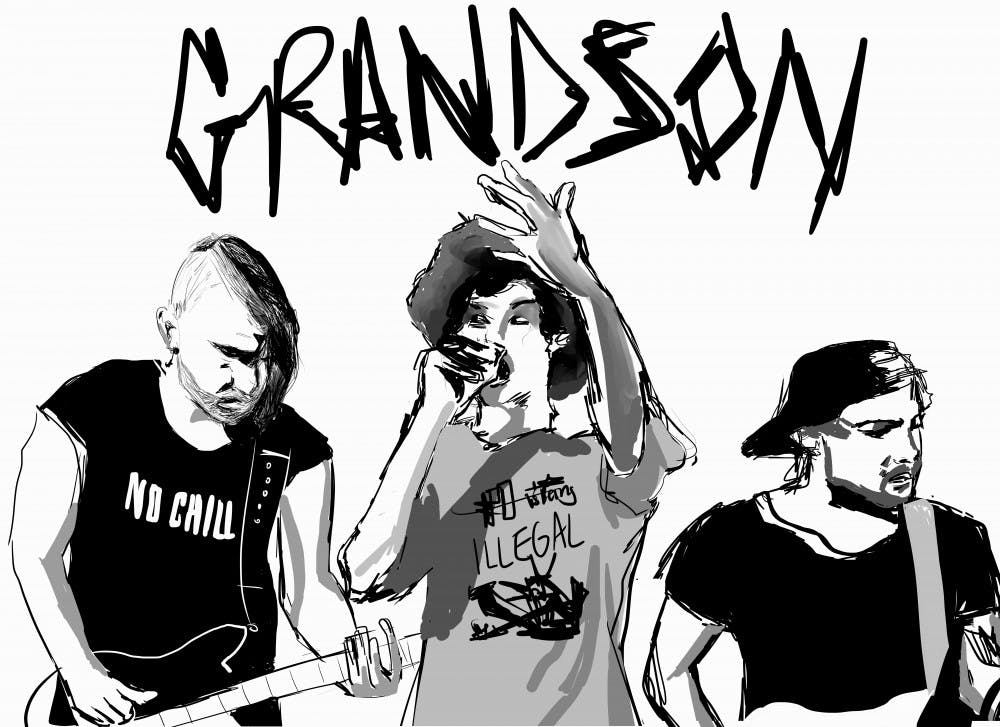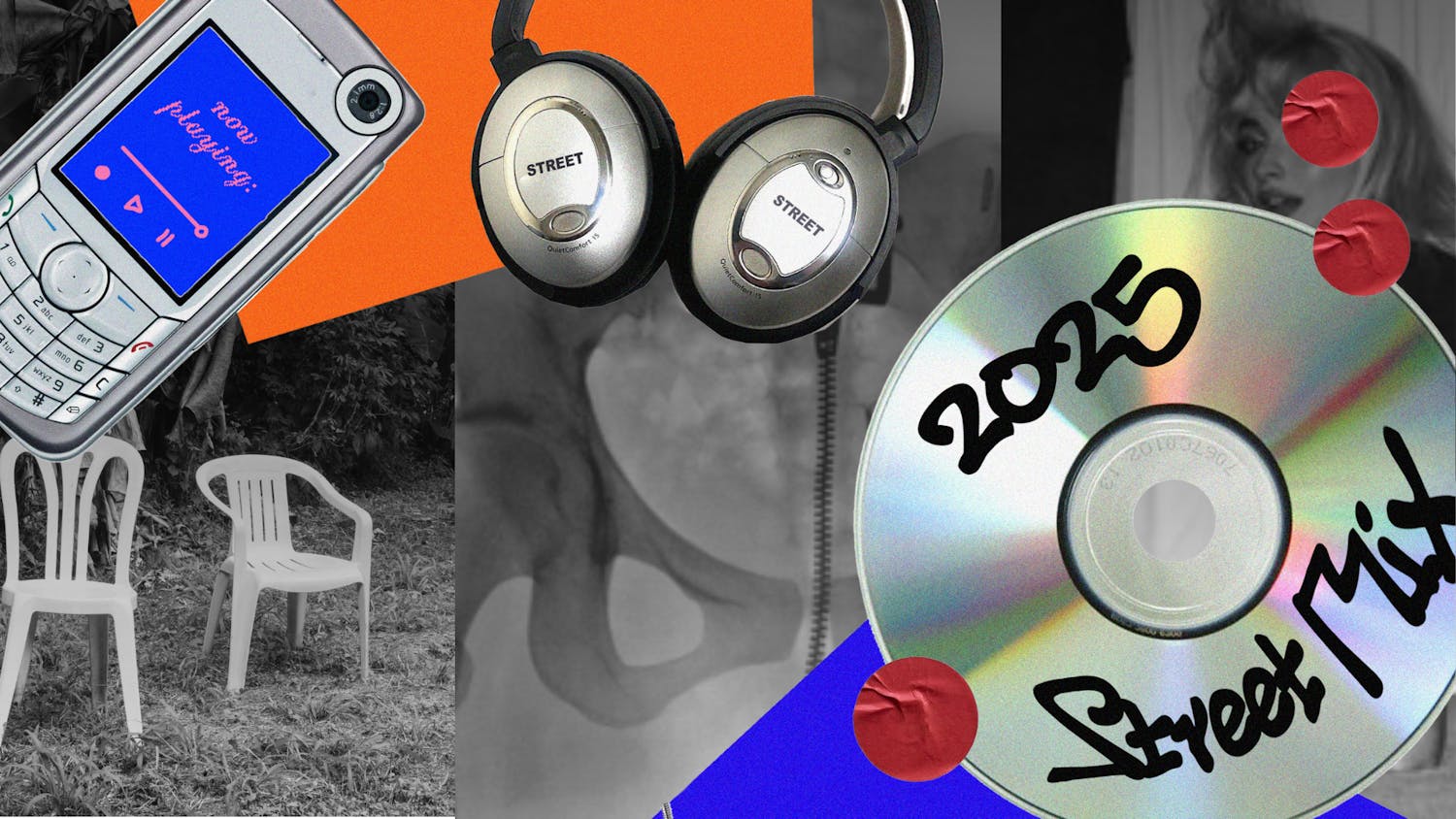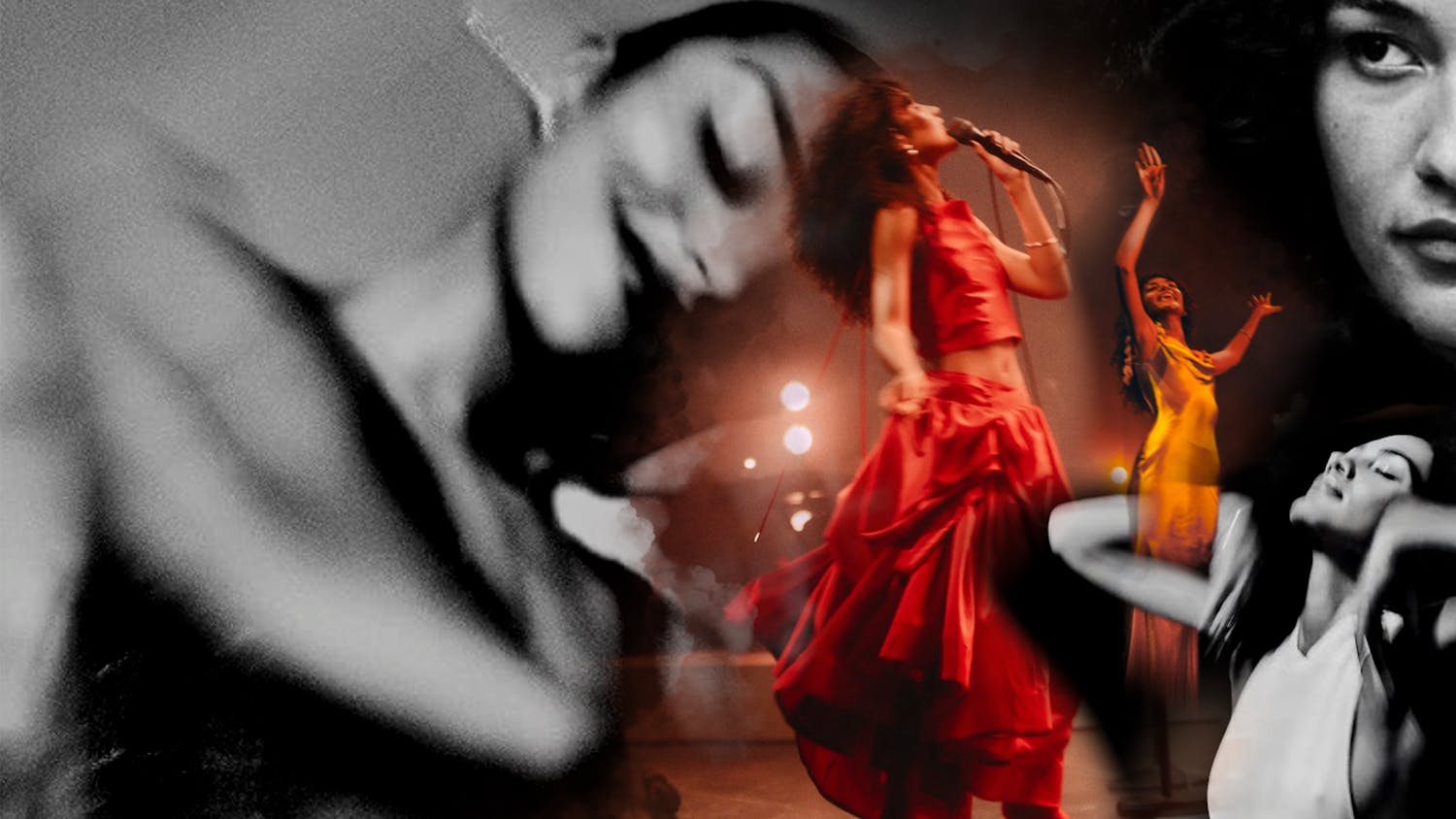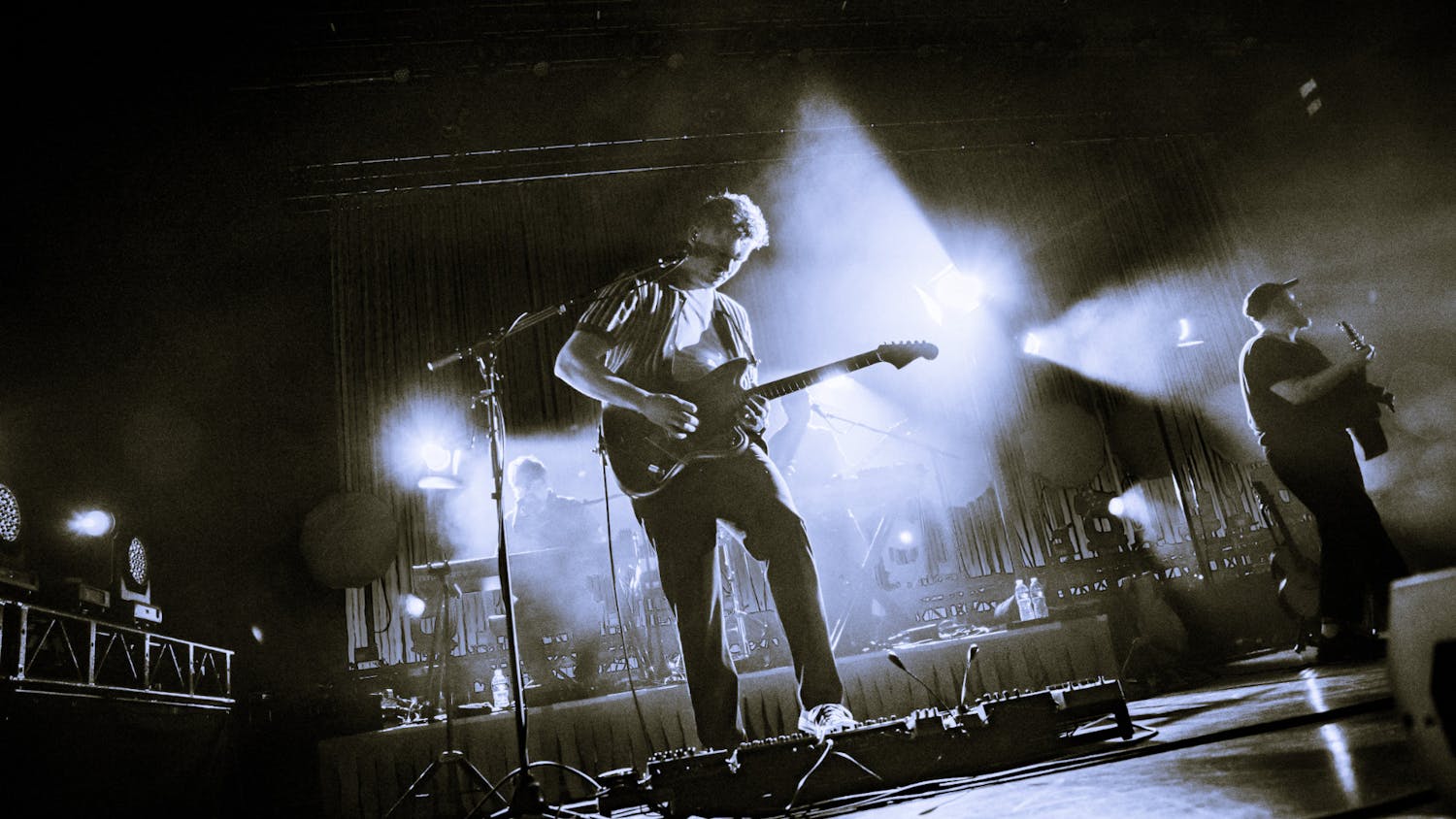When indie rock singer-songwriter King Princess announced her North American tour on November 2, her existing song repertoire clocked in at just under twenty minutes, consisting only of her five-song debut EP Make My Bed and the single “Pussy is God,” the latter released in conjunction with the tour announcement. Although a cover of The Velvet Underground and Nico’s “Femme Fatale” would be released two weeks later, this will still leave about two–thirds of a traditional ninety–minute headlining set for King Princess to fill when she comes to the TLA for a sold–out show on January 28. Though one of the most prominent examples, King Princess is not the only artist selling out shows with a limited discography. More and more often, up–and–coming artists will forgo the traditional LP–tour–rest album cycle in favor of alternating EP and single releases with multiple tours per year.
Another artist embarking on a national tour with a limited discography is Canadian hip-hop artist grandson, who comes to Voltage Lounge on March 17. His released repertoire consists of five-song EP a modern tragedy vol. 1 and six singles, as well as a series of remixes to his breakout hit “Blood // Water” and acoustic versions of both “Blood // Water” and “Despicable.” While this spring’s No Apologies tour is grandson’s first as a headliner, he spent the second half of 2018 opening for Hobo Johnson and The Lovemakers and Nothing But Thieves in North America, and Rat Boy in the UK. Meanwhile, even more established artists are beginning to favor more frequent tours and EP releases: Smallpools released THE SCIENCE OF LETTING GO in 2017 before embarking on a coheadlining tour with Great Good Fine Ok last summer, and they’ll return to Philly in March to support 2018 EP So Social. The Unlikely Candidates have yet to release an LP, but released two EPs in less than a year: Bed of Liars in February 2017 and Danger to Myself in January 2018, and jumped from opening for Dirty Heads in late 2017 to coheadlining a North American tour with Brick + Mortar in the summer of 2018.
For those artists that still release traditional LPs, the pressure to tour and to headline earlier still appears to exist: garage rock band Dorothy’s 2018 headlining Freedom tour began before the release of sophomore album 28 Days in the Valley, while other rock acts like The Record Company, ZZ Ward, and Royal Blood have all gone on the road with two albums under their belt. These sets tend to be on the shorter end, averaging closer to an hour than an hour and a half, and often make use of covers: The Record Company played “Sabotage” by the Beastie Boys twenty times on the 2018 All Of This Life tour. While these acts are still willing to open—Dorothy opened for Greta Van Fleet last spring, and Royal Blood did two circuits with mainstays Queens of the Stone Age—fortune favors those who go onstage last.
The established pattern for musicians is such: release a full–length album, go on a national or international tour to support said album, take time off with your family or friends, and then go back in the studio to record the next album. So then why has there been a rise in shorter releases and tours? The answer boils down to money.
Recording studios are often rented by the hour and producers will charge by song, so new musicians may not have the savings necessary to start with an LP. Further, singles and shorter releases provide a better return on investment: a single on iTunes is usually $1.29, while EPs are around $3.99 to $6.99 depending on length, and LPs at $9.99. Purchasing 12 individual singles would cost $5.49 more than buying a twelve-song album. Frequent single releases also keep the artist in heavy radio play, where they may collect more royalties.
Then there are tours, the artist’s greatest source of income. Besides all of the merch sold at tour spots by vinyl junkies and T-shirt collectors, touring allows the artist to maintain most of their revenue: after taking out booking fees, taxes, and the promoter’s cut, artists retain about 75% of the ticket costs for their concerts. While truly underground artists benefit from opening for a similar artist whose fan base would then follow the opener, acts with established bases like King Princess and grandson may be more inclined to jump to a higher billing.
The fear that comes from this new trend of rapid–cycling releases and tours is that burnout is just over the horizon. No artist is meant to be in a state of constant creation, which is why TV shows have breaks in the season and comic books either break between story arcs or take on new creative teams. One benefit of the traditional LP and tour cycle is to allow artists a reprieve from making and performing music so that they may still enjoy those things. No matter how much one may enjoy touring, being on the road for 365 days a year will wear down anyone. Then there comes the artistic side: even outside of concept albums, many artists still prefer to release albums with a coherent vision, which is difficult to achieve with shorter releases. As these young headliners grow up, the constant creation and tours may start to take their toll at the same time that their artistic vision develops, and in a matter of years they may tour less and release longer albums on a less frequent basis. Hopefully by the time these artists can fully support themselves, the boom of tours and EPs will settle down and the traditional cycle will kick in.







